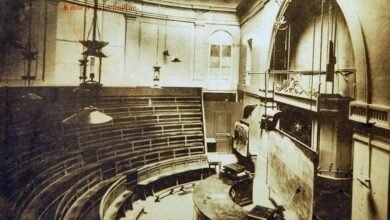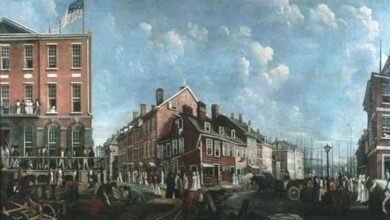Egbert Benson: New York’s first Attorney General


 Egbert Benson (1746-1843), serving as New York’s first Attorney General from May 8, 1777, to May 14, 1788, was a pivotal figure in the state’s early legal history.
Egbert Benson (1746-1843), serving as New York’s first Attorney General from May 8, 1777, to May 14, 1788, was a pivotal figure in the state’s early legal history.
Appointed in the heat of the Revolutionary era, Benson’s role was essential in guiding New York through its transition from colonial rule to statehood.
His tenure was marked by his efforts to establish legal precedents and frameworks that would shape the nascent state’s judicial system.
Benson’s leadership was instrumental in navigating the legal challenges of the early Republic. He worked tirelessly to ensure the application of law was consistent with the new principles of liberty and justice that the state was founded upon.
His contributions were not just administrative; they laid the groundwork for the office of Attorney General, setting standards for his successors and influencing the development of legal practices in New York.
Benson’s public service extended well beyond his role as Attorney General. In 1775, he was a member of the Provincial Congress, and during the Revolutionary War, he also served in the New York Assembly.
After the war, George Washington appointed him a commissioner to oversee the evacuation of Loyalists from the city of New York in 1783. Benson was a delegate to the Continental Congress (1784-1788) and represented New York at the Annapolis Convention of 1786, where he served as the Convention’s secretary.
He played a significant role in the ratification of the U.S. Constitution in 1788 and served in the U.S. House of Representatives in the first and second Congresses.
Appointed as an Associate Justice of the New York Supreme Court of Judicature in 1794, Benson was involved in landmark cases and wrote influential opinions.
Later, as a federal circuit court judge under the Judiciary Act of 1801 and president of the New York Historical Society from 1804 to 1816, Benson’s contributions continued to shape American legal and historical thought.
The Bensonhurst section of Brooklyn is named in honor of his family.
This essay is one of a series by the Historical Society of the New York Courts on the history of New York’s Attorneys General. You can read them all here.
The Historical Society of the New York Courts brings together judges and lawyers to preserve, protect, and promote the legal history of New York — how it works to promote democracy, ensure justice, and promote the rule of law. Learn more about the Society and support their efforts by becoming a member or donating here.
Source link





